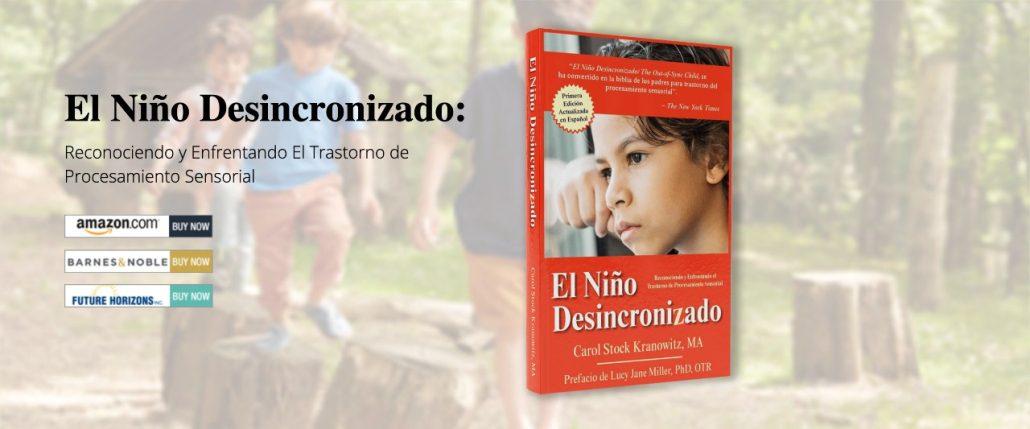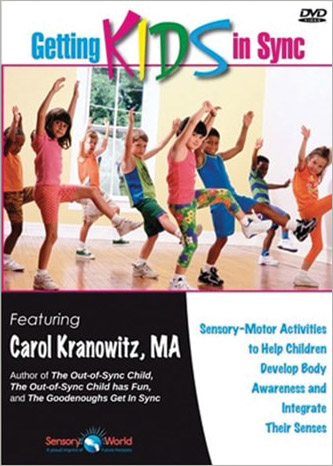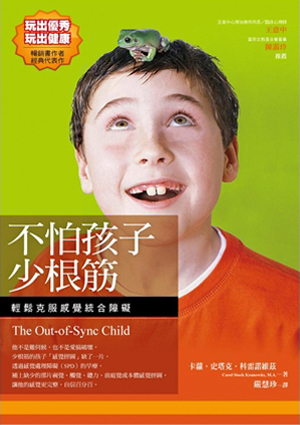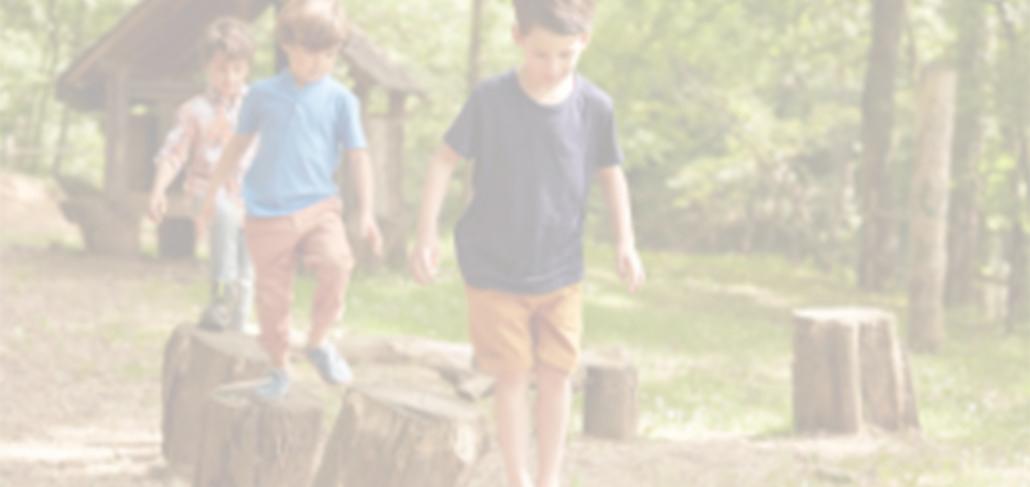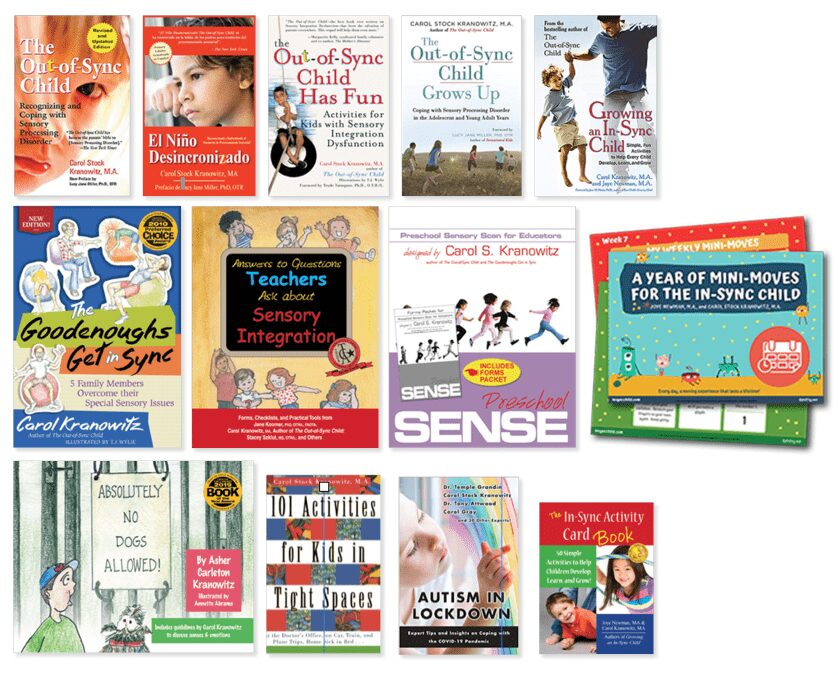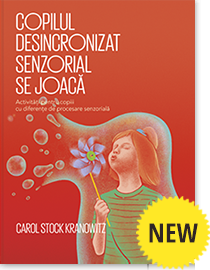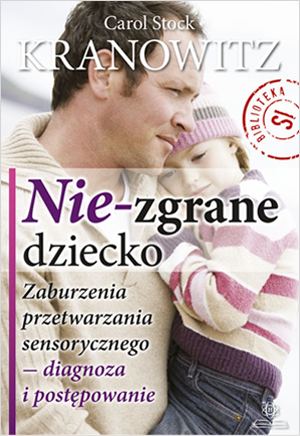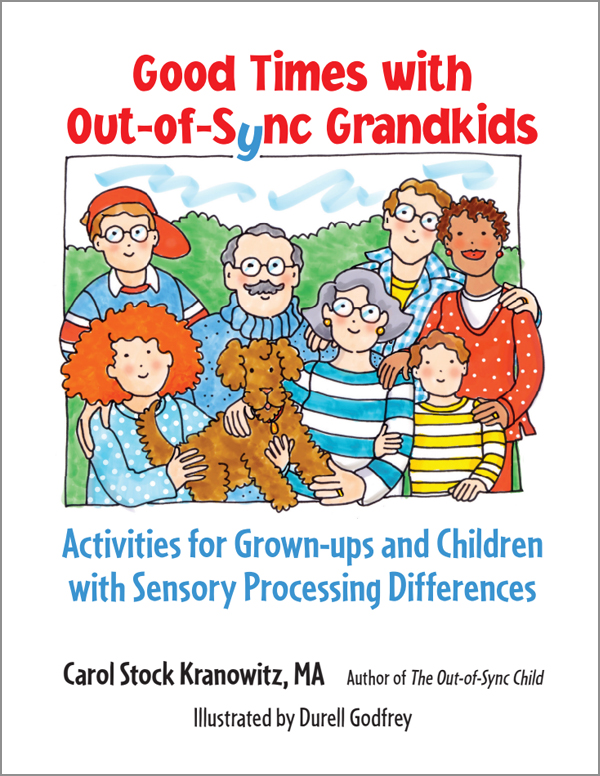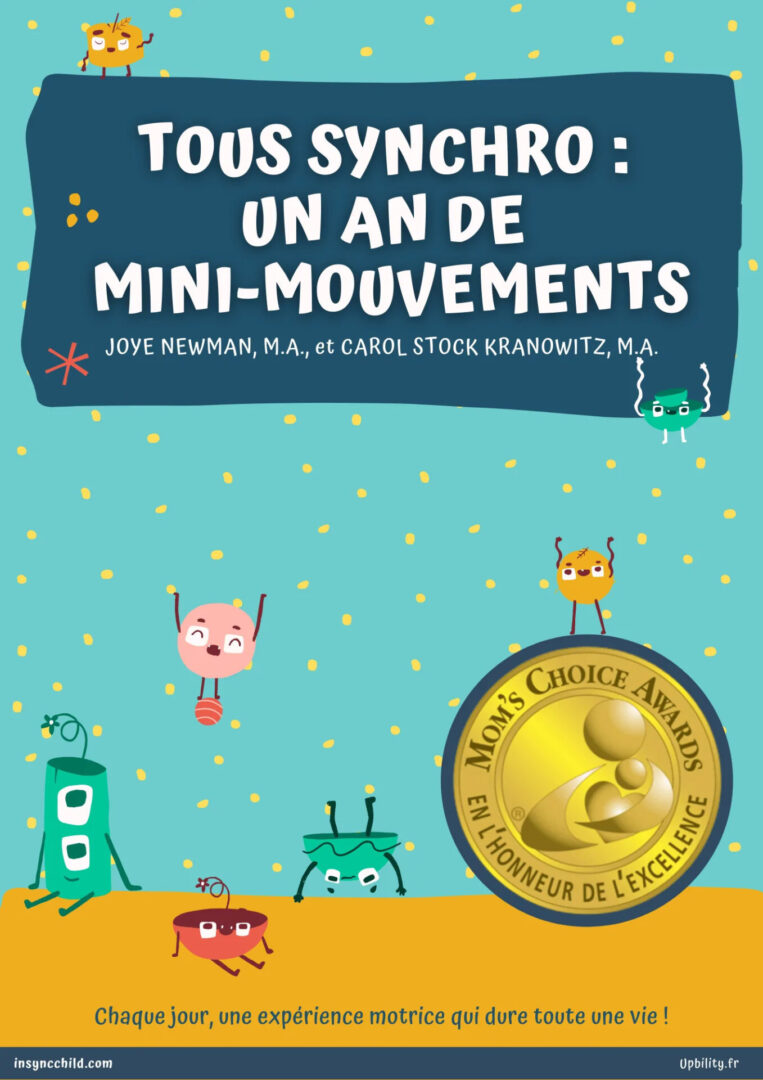Articles
(2012) Working Out of the House — by Jenny Rough
Published in Bethesda Magazine, January-February
At some point during her 25 years of teaching music at St. Columba’s Nursery School in Northwest Washington, D.C., Carol Kranowitznoticed something odd: A number of the kids avoided the sandbox, finger paints and shaving cream activities. These were the same kids who didn’t respond to the piano.
When an occupational therapist came to the school, Kranowitz learned that these children had sensory processing disorder (SPD), a condition that makes it difficult to process information received through the five senses, plus movement/balance and body position.
“It explained the behavior of a lot of these kids—they were out of sync,” the Bethesda resident says.
Read More(2016) ‘Out-of-Sync’ Kids May Have Sensory Processing Disorder — by Chelsea Keenan
(2016) What Happens When Kids with Sensory Processing Disorder Grow Up? — by Jamie Pacton
(2016) The Out-of-Sync Child Grows Up
Published June 5, on Pittsburgh Parent
Erik, a loose-and-floppy 14-year-old, is not a self-starter, a joiner, a player, or a conversationalist. He’s smart but doesn’t seem tuned in to other people or his surroundings. He seems interested only in his cell phone. His parents are concerned about Erik’s “can’t-do spirit.”
Marlene, 19, is a brilliant, very thin college student, perpetually hunched over, gripping her elbows, and frequently tripping on air. Family, friends, and faculty consider her shy, nervous, awkward, and quirky.
Read More(2016) On the Emotions of the Out-of-Sync Tween and Teen
(2016) The ‘Sensational’ Tot: Recognizing and Dealing with Sensory Processing Disorder
Published May 24, on Mother.ly
Envision two unique babies. Benjy has been on the go since Day 1. Constantly active, frequently fretful, easily startled, and a fitful sleeper, he sure keeps his parents on their toes. Speaking of toes, he skipped crawling and walked on tiptoes at nine months! Mom and Dad are exhausted—but that’s just how it is with an infant, they guess.
Read More(2016) Dirty Sexy Funny with Jenny McCarthy
(2012) Moving Experiences that Will Last a Lifetime
Co-authored with Joye Newman in “Exchange: The Early Childhood Leaders’ Magazine Since 1978,” Vol. 34, Issue 1, No. 203, January/February
It’s 50 degrees and raining outside. The playground is all mud and puddles. The morning has just begun, and the preschoolers are full of energy. You, like most early childhood educators, want to give your young students a leg up and a head start in reading and other academic endeavors. So, how do you use this time? Do you:
- Set up your four-year-olds at the computers to play the latest ‘educational’ video games?
- Conduct a longer-than-usual Circle Time?
- Bring out the flashcards and try to entice the kids to call out quick answers?
- Take your children outside to splash in the puddles?
(2012) The In-Sync Homeschooler
Co-authored with Joye Newman and published in July on the blog of Home-Educating Family
No matter what their ages, children learn best when they move. Pediatricians, teachers and other specialists now recognize that motor skills are vital to a child’s physical, emotional, academic, and overall success. Yet, some educators and parents believe that sitting still is the best way to absorb information. We know that just the opposite is true.
Read More(2000) Music and Movement Bring Together Children of Differing Abilities
Published in Child Care Information Exchange magazine (May 2000), and in Curriculum: Art, Music, Movement, Drama – A Beginnings Workshop Book (Exchange Press, 2006)
Typically-developing children are usually adaptable. They sing and dance, play rhythm instruments, and willingly try traditional preschool experiences. Children with special needs, however, may prefer sticking to the same-old-same-old activities that make them feel successful.
Whatever the skill level of your preschoolers, a variety of sensory-motor activities in your curriculum can satisfy most children’s needs. Music and movement activities, with their flexible structure, can foster every child’s creativity and competence.
Read More
